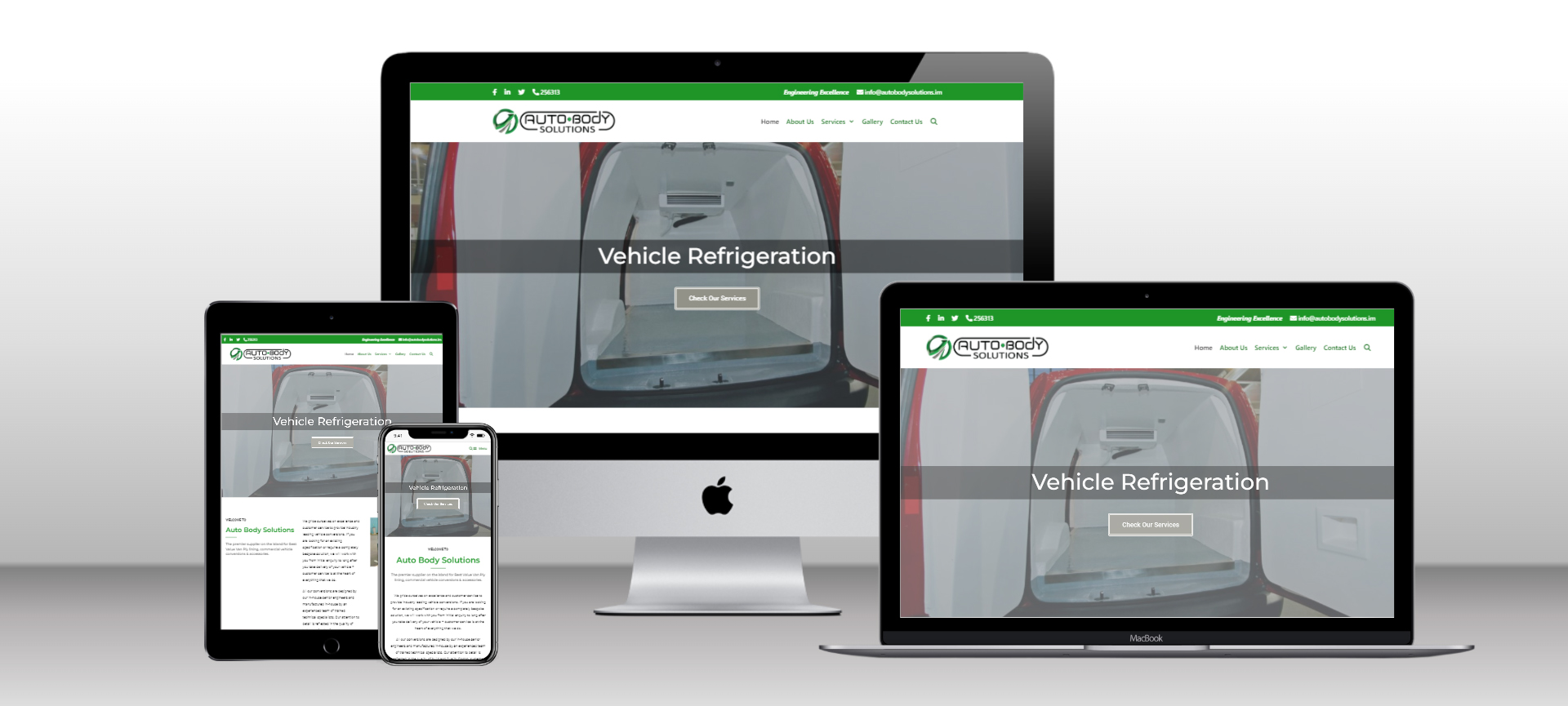Getting a Website in Michigan: Everything You Need to Know
In today’s world, maintaining an online presence is crucial for businesses and individuals. Whether you’re a freelancer, a small business owner, or simply someone looking to showcase their work or ideas, having a website is a powerful tool. If you’re in Michigan and wondering about the process and cost of getting a website, you’ve come to the right place. As a freelance web developer specializing in WordPress with 15 years of experience, I’ve built numerous websites and gained valuable insights into web design. This article will address commonly asked questions and provide a comprehensive guide on getting a website in Michigan.

Where can I create a website for free of cost?
Creating a website for free of cost is possible, thanks to various website builders available on the internet. Platforms like WordPress.com, Wix, and Weebly offer free plans that allow you to build a basic website with limited features. However, it’s important to note that free websites often have limitations, such as displaying ads, using a subdomain, and limited storage. Invest in a paid website plan if you’re serious about establishing a professional online presence.
How cheap can a website be?
The price of a website can change significantly depending on your requirements and the level of customization you need. While creating a basic website for as little as $99.99 or less is possible, it’s important to remember that a website is an investment in your online presence. Investing in a professional website can give you significant returns in attracting visitors and converting them into customers.
Can you get a completely free website?
Yes, getting a completely free website using the platforms mentioned earlier is possible. However, keep in mind the limitations associated with free websites. Investing in a paid website plan is generally recommended to designate a robust and credible online presence.

How much does it cost to create a website?
The expense of building a website can vary based on various factors such as complexity, features, design, and functionality. A small company website can cost anywhere from $900 to $10,000 or more. However, it’s best to consult a professional web designer to get an accurate estimate based on your requirements.
Is GoDaddy free to build a website?
While GoDaddy offers website builder tools, they are not entirely free. GoDaddy provides different pricing plans depending on the features and functionality you need for your website. It is crucial to review their pricing options and choose a plan that serves your needs and budget.
How much does it cost to create a website per month?
The cost of sustaining a website changes depending on hosting fees, domain registration, security, updates, and ongoing support. On average, you can spend around $30 to $110 monthly for website maintenance. However, these costs can vary depending on the complexity and size of your website. Getting a website in michigan is easier than ever!

How much does a beginner website cost?
For a beginner website, you can expect to spend anywhere from $500 to $2,000. This cost typically includes basic design, a few pages, and essential functionalities. As your website requirements grow, you can invest more in additional features and customization.
How much does a GoDaddy website cost per month?
GoDaddy offers various website pricing plans, including website builder tools and hosting services. Their pricing can range from as low as $10 per month for a basic website builder plan to more advanced plans that cost around $25 to $35 per month. It’s important to carefully review their offerings and get a program that aligns with your specific conditions.
How much does a website cost for a small business?
A small business’s website cost can vary depending on the complexity and features required. On average, small businesses can expect to spend anywhere from $1,000 to $5,000 for a professionally designed and functional website. However, it’s essential to consider the long-term benefits of having a well-designed website that can attract and engage customers.
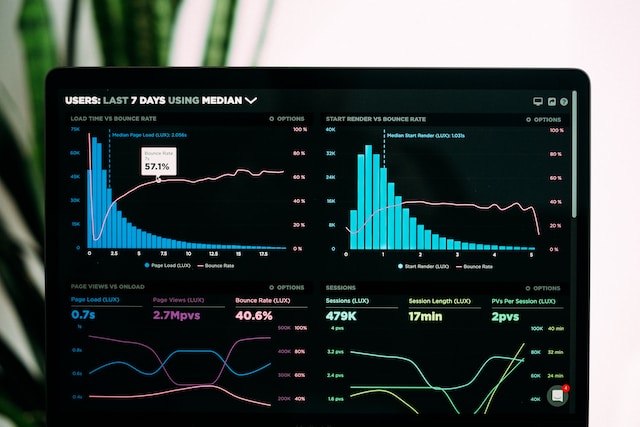
How many hours does it take to build a website?
The number of hours needed to build a site depends on various aspects, such as the size of the website, its complexity, and the level of customization necessary. Building a website with a few pages and functionalities can take 10 to 40 hours. However, more complex websites can take several weeks or months to complete. Working closely with your web developer to establish a timeline based on your specific requirements is essential.
How much does maintaining a website cost?
Website maintenance costs vary depending on hosting fees, domain renewal, security updates, backups, and ongoing support. You can spend around $500 to $1,000 annually for essential website maintenance. However, talking with a developer or agency is advisable to get a more precise estimate based on your specific requirements.
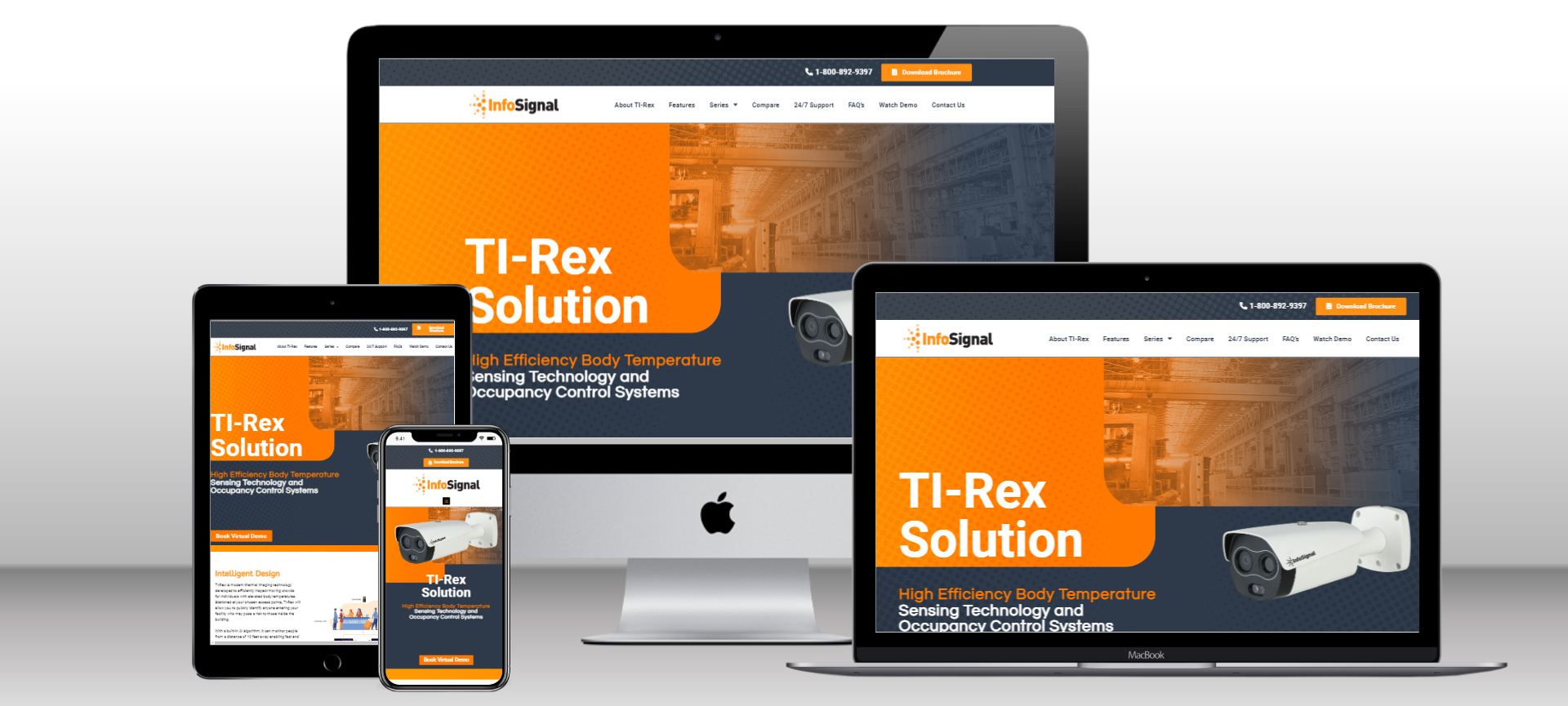
The Basics of Web Design:
What are the three kinds of web?
The three types of websites are static, dynamic, and e-commerce. Static websites are basic and display the same content to every visitor. Dynamic websites have dynamic content that can change based on user interactions or data inputs. E-commerce websites are designed for online shopping and include elements such as products, shopping carts, and secure payment gateways.
What are the 3 main parts of a website?
The three main parts of a website are the header, the body, and the footer. The header typically includes the website’s logo, navigation menu, and sometimes a search bar. The body contains the main content, such as text, images, videos, and interactive elements. The footer usually contains additional links, copyright information, and contact details.
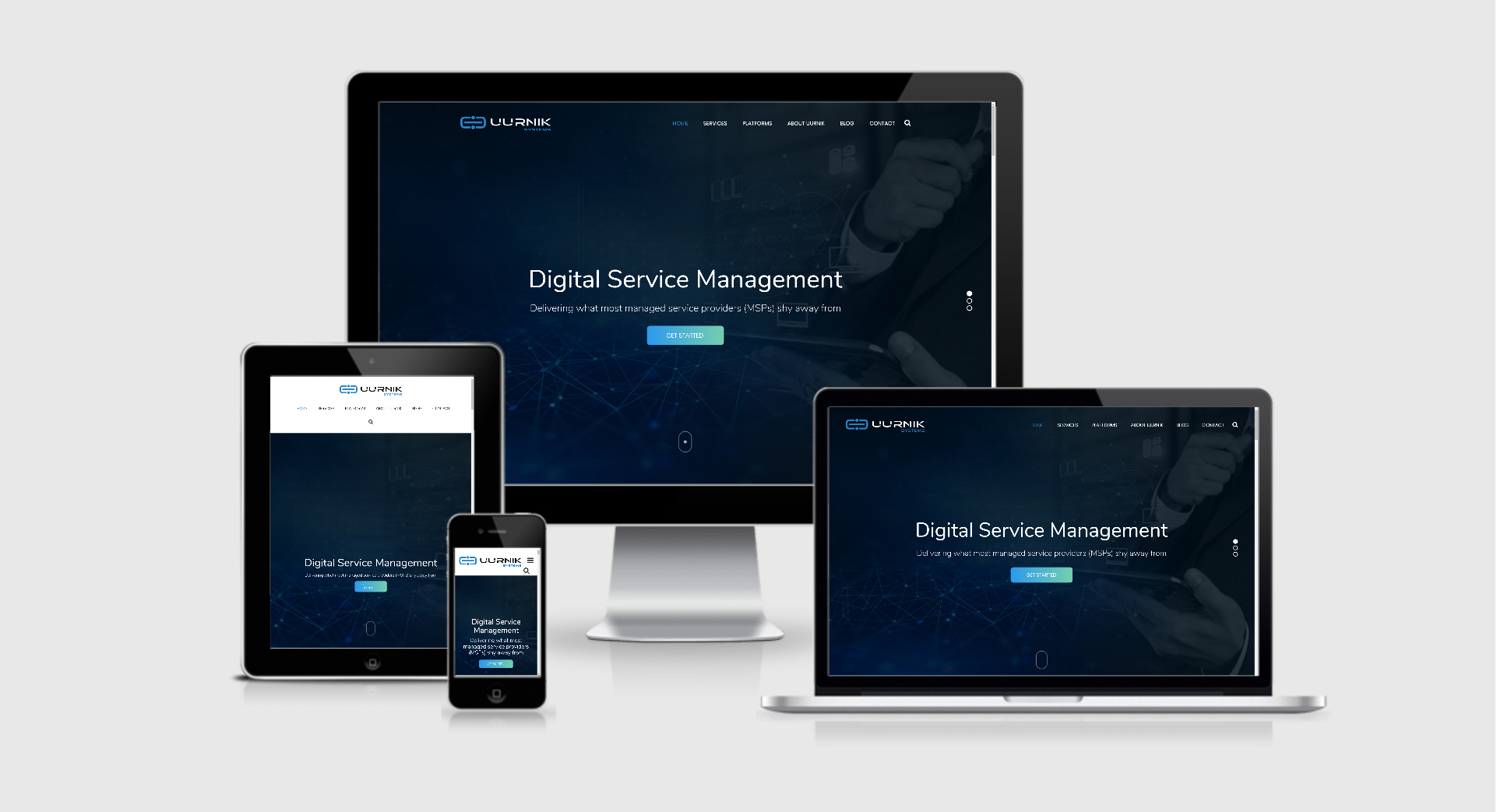
What are the three most common types of websites?
The three most common types of websites are informational websites, e-commerce websites, and blog websites. Informational websites provide information about a company, organization, or topic. E-commerce websites facilitate online shopping and transactions. Blog websites focus on regularly publishing articles, stories, or personal insights on specific topics.
What are the main categories of a website?
Websites can be organized into various kinds based on their intention or functionality. Some common categories include business websites, portfolio websites, educational websites, government websites, nonprofit websites, and entertainment websites. Each category serves a specific purpose and targets a particular audience.
What is the most common website type?
The most common website type varies depending on the industry and individual needs. However, business websites are generally the most common as they serve as online representations of companies, providing information about products, services, and contact details. Business websites can range from small local businesses to large corporations, making them a prevalent website type.
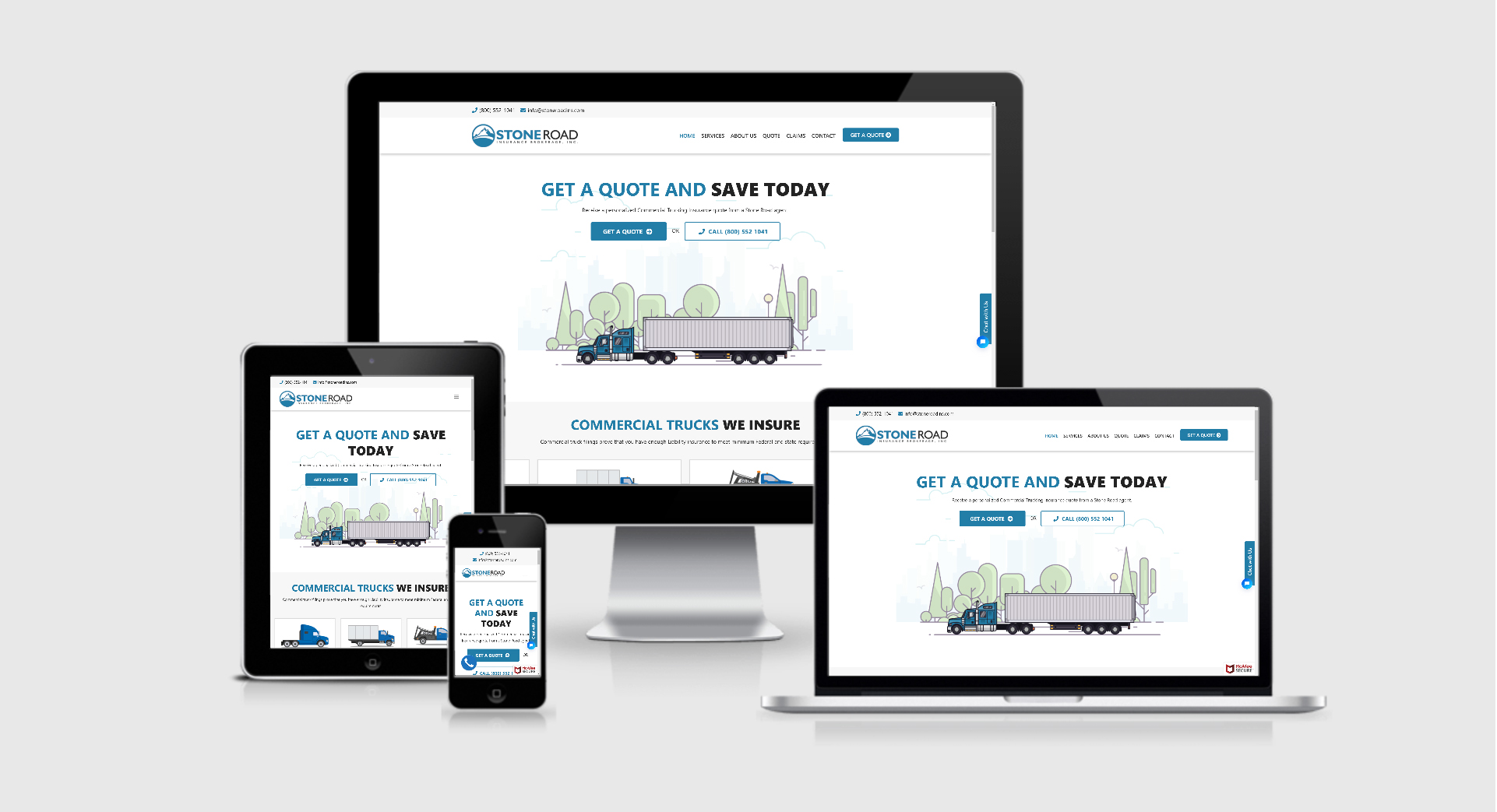
What is the most common website structure?
The most common website structure typically consists of the following key components:
a) Homepage: This is the main landing page of the website, often showcasing essential information, features, and navigation options.
b) About Us: This section provides details about the company, organization, or individual behind the website, including their mission, history, and values.
c) Products/Services: This section highlights the business’s offerings, providing detailed information about their products or services.
d) Contact: This section includes contact information, such as a contact form, email address, phone number, and physical address, allowing visitors to reach out for inquiries or support.
e) Blog/News: Many websites have a blog or news section where they publish articles, updates, or industry-related content to engage and inform their audience.
f) Portfolio/Gallery: This section showcases past work, projects, or a collection of images or videos to demonstrate the capabilities and expertise of the website owner.
g) Testimonials: Testimonials or customer reviews provide social proof and build trust by showcasing positive feedback from previous clients or customers.
h) Navigation Menu: A navigation menu is essential for easy navigation across different sections and pages of the website.
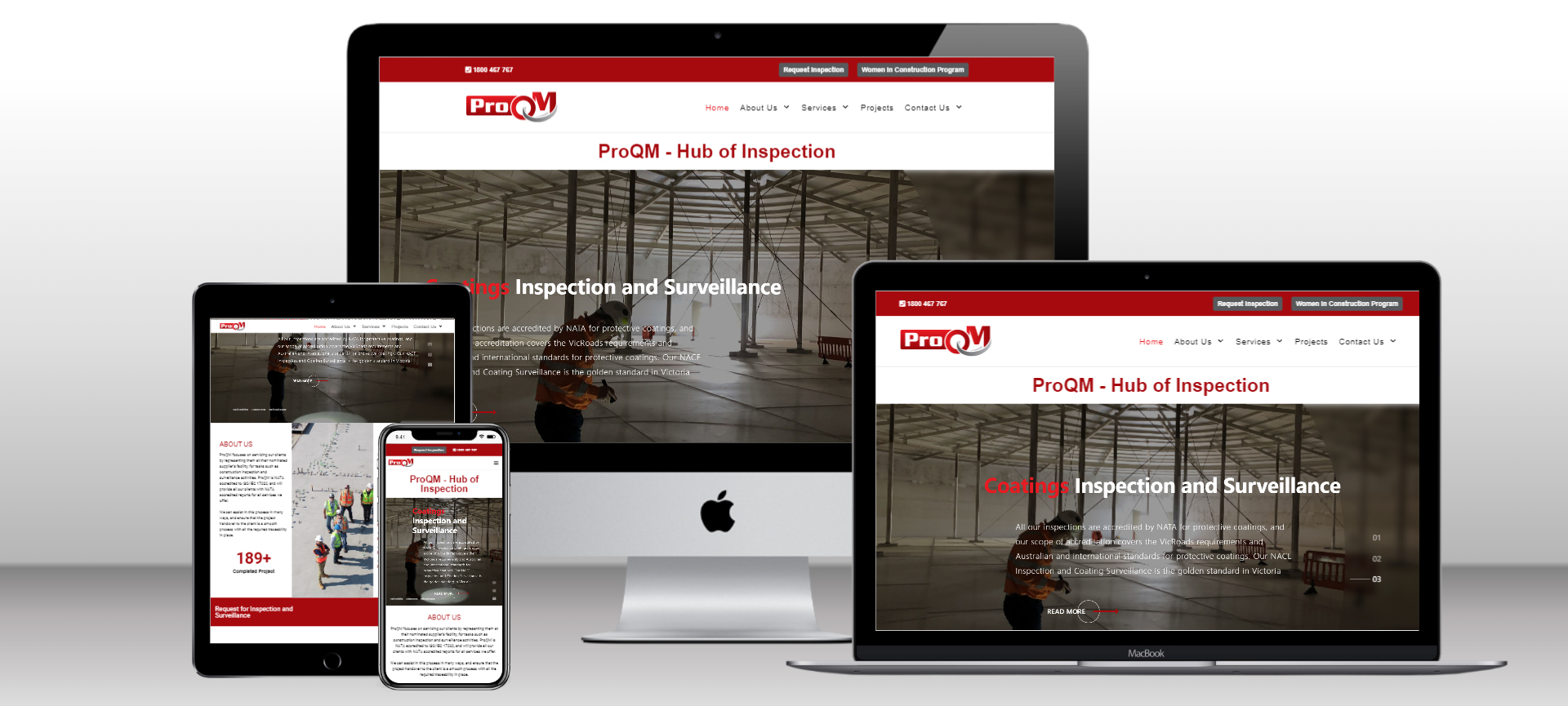
What are the 4 website structures?
There are four common website structures:
a) Linear Structure: This structure follows a linear progression, where users sequentially navigate through pages, typically through a next/previous button or arrow.
b) Hierarchical Structure: The hierarchical structure organizes pages in a hierarchical or tree-like manner, with main categories and subcategories. Users can navigate through the website using dropdown menus or breadcrumbs.
c) Webbed Structure: The webbed structure allows users to navigate freely between pages, with interconnected links providing multiple paths to access different sections.
d) Sequential Structure: A sequential structure guides users through a predefined sequence of steps or stages, commonly used in e-commerce websites during checkout or when filling out forms.

Which is the most important website function?
While the importance of website functions can vary depending on the nature of the website and its goals, one of the crucial functions is providing a seamless user experience. A user-friendly interface, easy navigation, fast loading speed, and responsive design are vital components that enhance the experience.
What do most companies use to build a website?
Many businesses build websites using content management systems (CMS) such as Joomla, WordPress, or Drupal. These platforms offer flexibility, customization options, and a user-friendly dashboard, making it more comfortable for businesses to create and manage their online presence.
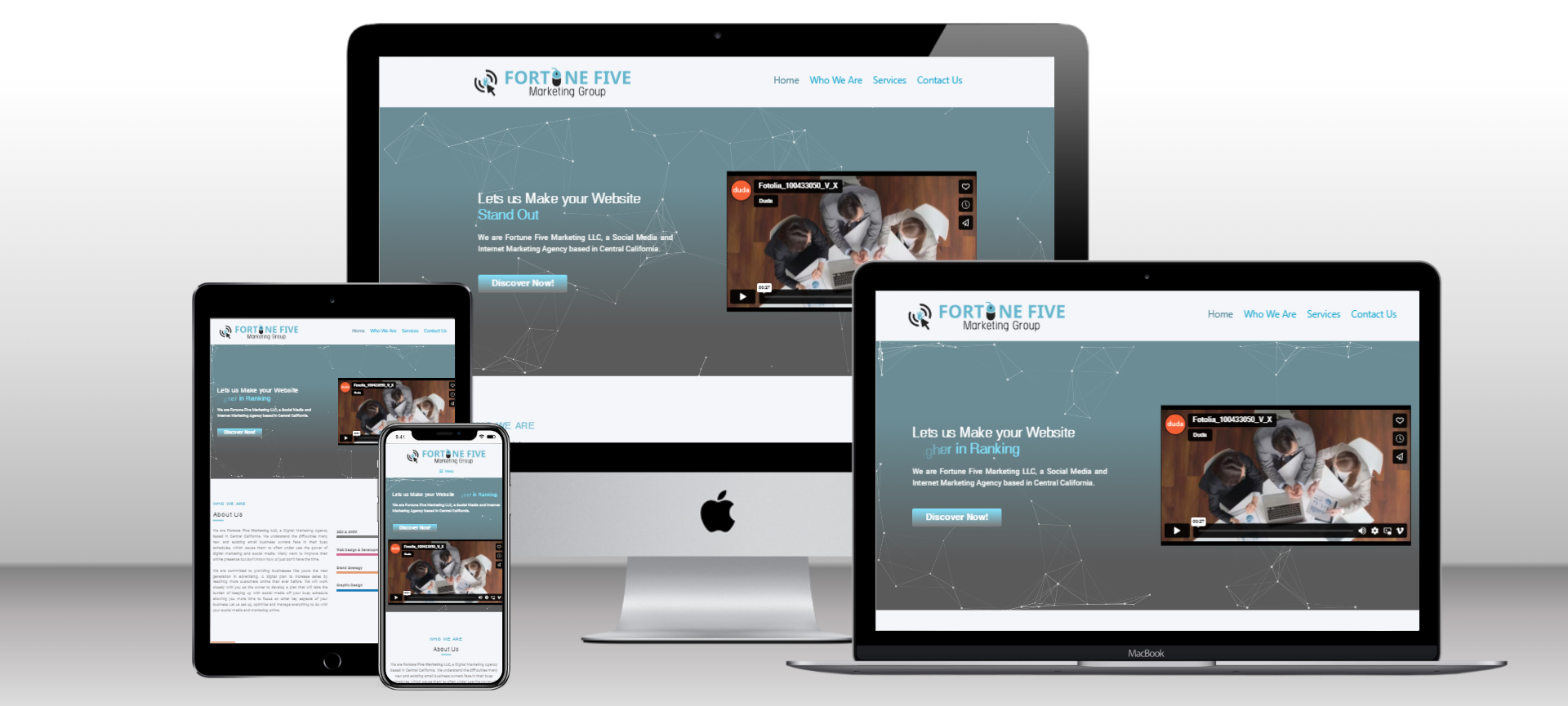
What do people look for in a website?
When visiting a website, people often look for the following:
a) Clear and engaging content that is easy to read and understand.
b) Intuitive navigation that allows them to find information quickly.
c) Mobile responsiveness, ensuring the website is accessible and visually appealing on different devices.
d) Quick loading speed, as slow-loading websites can lead to frustration and high bounce rates.
e) Visual appeal and a professional design that reflects the brand’s identity.
f) Contact information and ways to contact the website owner or business.
What are the features of a good website?
A good website possesses several key features, including:
a) Responsive Design: The website should adapt to various screen sizes and devices, delivering a seamless experience.
b) Fast Loading Speed: A good website loads quickly to minimize user wait times and provide a smooth browsing experience.
c) Intuitive Navigation: Clear and organized navigation menus help users find the information they need easily and efficiently.
d) Engaging Content: High-quality and relevant content that captivates and informs the audience is essential for a good website.
e) Visual Appeal: A visually appealing design with a consistent color scheme, attractive images, and well-chosen fonts enhances the user experience.
f) Call-to-Action (CTA): Effective CTAs prompt users to take preferred movements, such as subscribing to a newsletter, purchasing, or contacting the company.
g) Search Engine Optimization (SEO): Implementing SEO strategies helps improve the website’s visibility on search engines, driving organic traffic and potential customers.
h) Mobile Optimization: With the increasing usage of mobile phones, a good website should be optimized for mobile users to guarantee a favorable experience.
i) Security: Implementing security measures, such as SSL certificates and regular updates, helps protect user data and build trust.
j) Analytics and Tracking: Integration with analytics tools allows websites to track and examine user behavior, helping them make data-driven conclusions for progress.
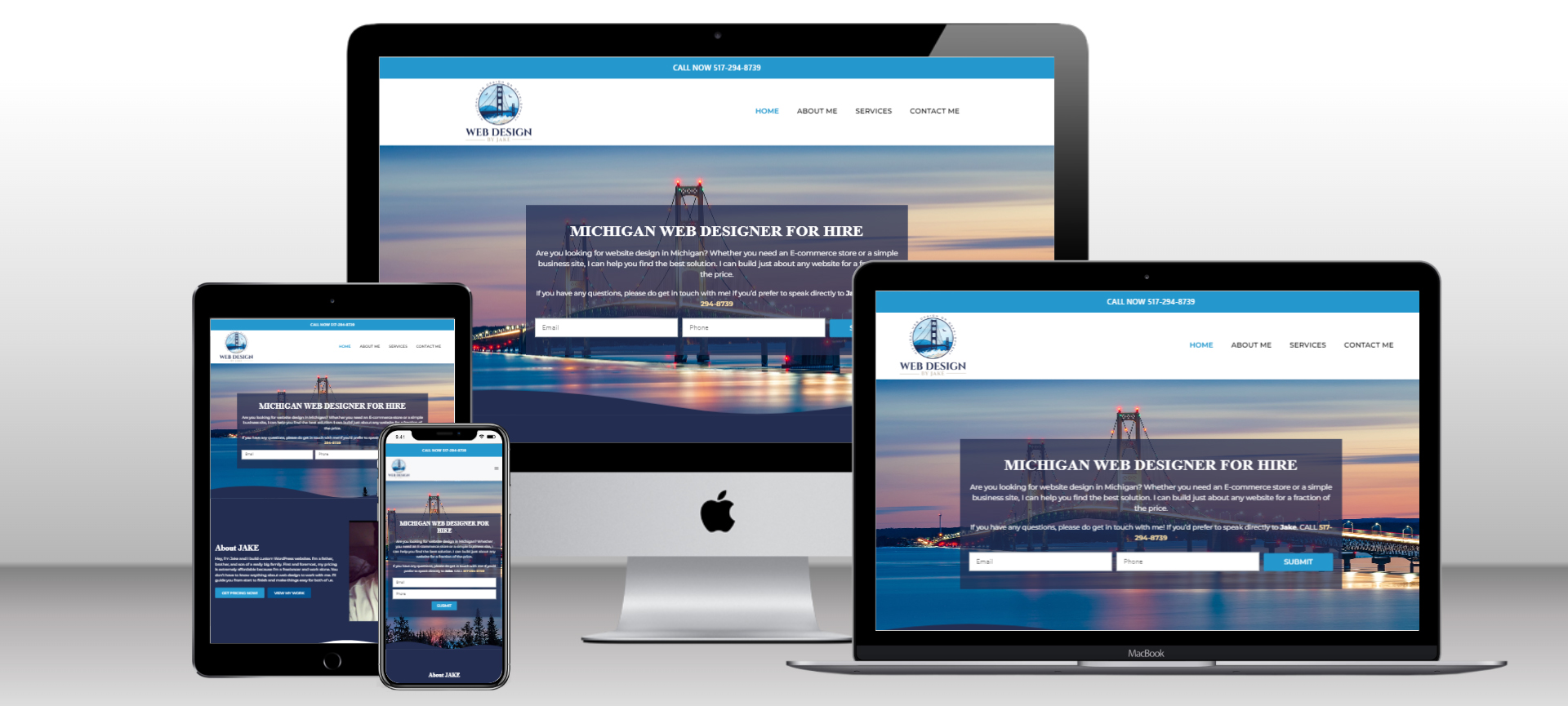
What draws people to a website?
Several factors can draw people to a website:
a) Relevant and Valuable Content: Websites offering informative, entertaining, or educational content attract visitors seeking specific information or solutions.
b) Appealing Design: A visually appealing and well-designed website grabs attention and entices visitors to explore further.
c) User-Friendly Interface: Websites with intuitive navigation and easy-to-use features make it effortless for visitors to find what they want.
d) Search Engine Visibility: Websites that rank well in search results are likelier to entice traffic from users searching for exact topics or keywords.
e) Recommendations and Referrals: Positive word-of-mouth, referrals, or recommendations from friends, colleagues, or influencers can lead people to visit a particular website.
f) Social Media Presence: Active engagement on social media platforms can drive traffic to a website as followers are directed to explore further.
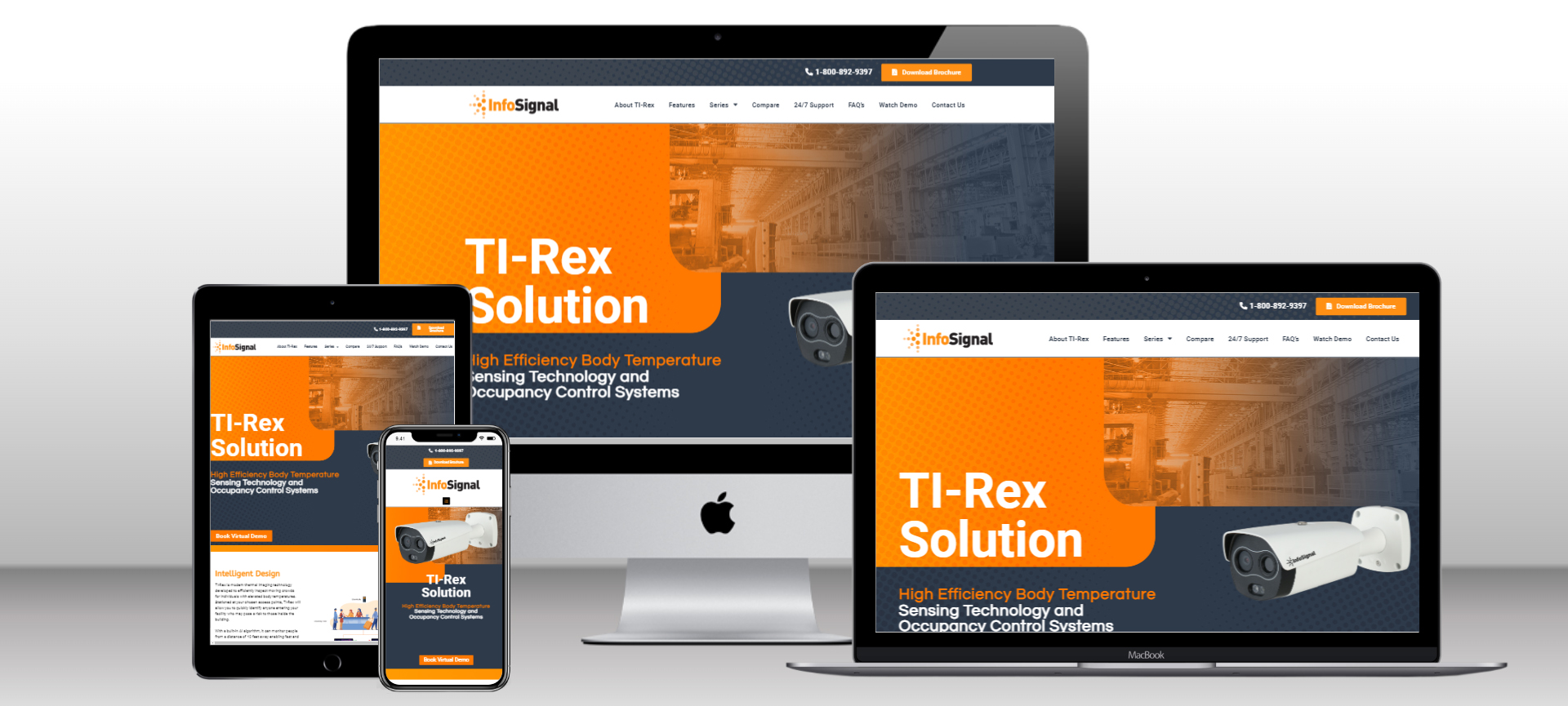
What are three things that make a good website?
Three key factors that contribute to a good website are:
a) Usability: A good website is easy to navigate, with clear menus, intuitive features, and a user-friendly interface that allows guests to find what they need quickly.
b) Visual Appeal: An aesthetically pleasing design with well-organized content, attractive visuals, and a consistent branding style creates a positive impression and engages visitors.
c) Functionality: A good website should be functional and perform well. It should load quickly, have working links and forms, and provide a seamless user experience across different devices.

What makes a website look attractive?
Several elements contribute to making a website visually attractive:
a) Clean and Organized Layout: A well-structured layout with ample white space, logical content placement, and clear headings improves readability and aesthetics.
b) Color Scheme: Thoughtfully chosen colors that align with the brand’s identity and evoke the desired emotions can enhance the overall visual appeal.
c) High-Quality Images and Graphics: Using professional, high-resolution images and graphics that are relevant to the content can make a website visually appealing.
d) Typography: Selecting appropriate fonts that are easy to read and complement the design aesthetics adds to the attractiveness of a website.
e) Consistent Branding: Implementing a consistent branding style, including logos, colors, and fonts, creates a cohesive and professional look.
f) Visual Hierarchy: Utilizing visual hierarchy by emphasizing crucial factors, such as headlines or call-to-action buttons, through size, color, or placement guides the user’s attention and enhances the overall visual appeal.
g) White Space: Incorporating sufficient white space around content and elements helps create a clean, uncluttered appearance, improving readability and visual appeal.
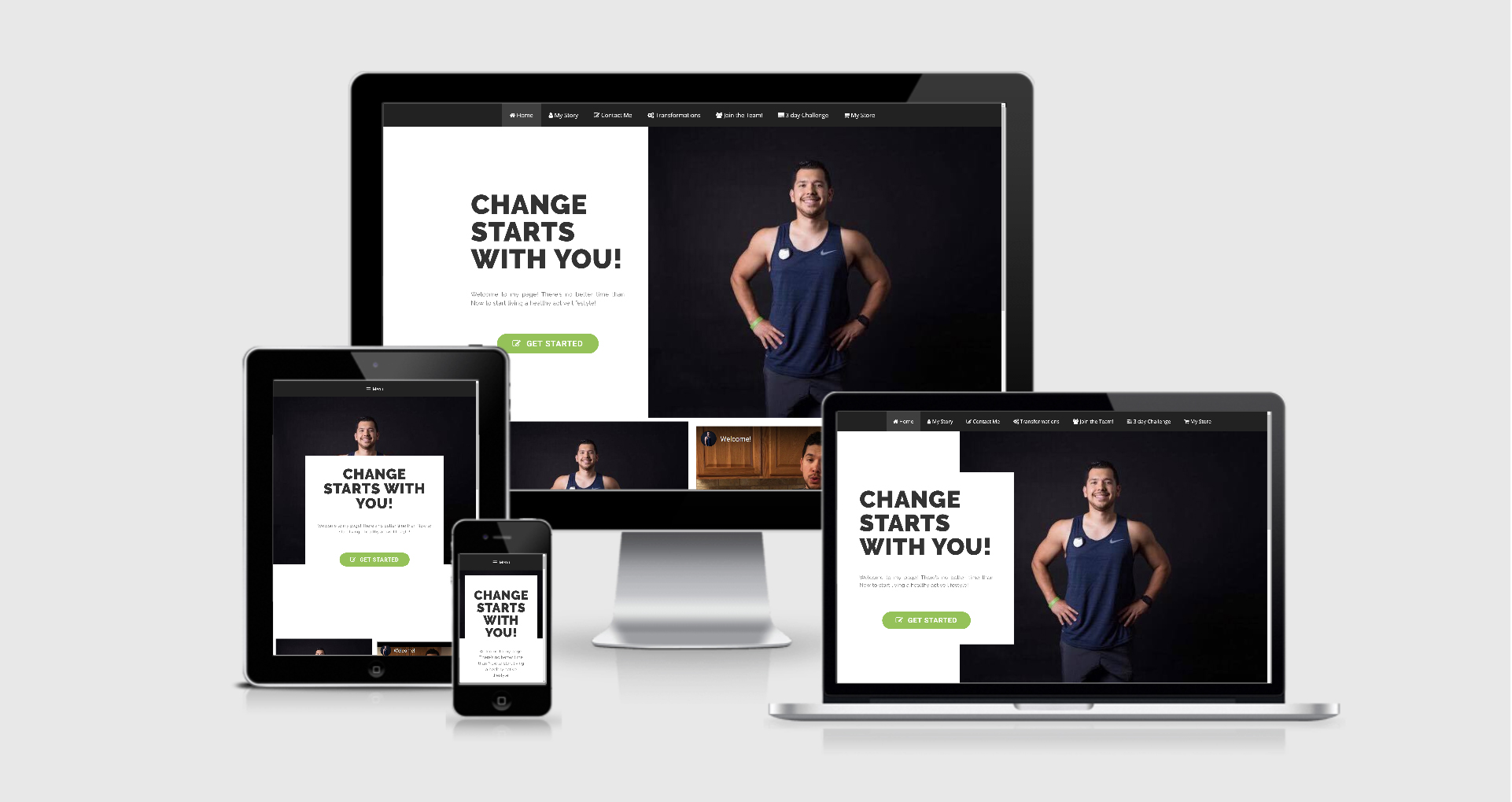
What can make your website stand out?
To make your website stand out from the competition, consider the following strategies:
a) Unique Design: Create a visually distinctive design that reflects your brand’s identity and differentiates you from competitors. Avoid using generic templates and invest in custom design elements.
b) Compelling Content: Offer high-quality and engaging content that provides value to your target audience. This can include informative articles, captivating visuals, or interactive features.
c) User Experience: Focus on providing a seamless and intuitive user experience by optimizing navigation, ensuring fast loading speeds, and incorporating user-friendly features.
d) Personalization: Tailor your website to your target audience, addressing their needs and preferences. Personalization can include customized content, relevant recommendations, or personalized messaging.
e) Strong Branding: Develop a solid and memorable brand presence through consistent branding elements, such as a unique logo, color scheme, and speaking tone.
f) Social Proof: Displaying testimonials, reviews, or case studies from happy clients can build trust and credibility, making your website stand out.
g) Interactive Elements: Incorporate interactive elements, such as quizzes, surveys, or interactive product demonstrations, to engage visitors and create a memorable experience.
h) Mobile Optimization: Ensure your website is fully optimized for mobile devices as mobile usage increases. A mobile-friendly website delivers a flattering user experience and sets you apart from contenders who may overlook this aspect.
i) SEO and Marketing: Implement effective search engine optimization strategies to improve your website’s visibility and attract organic traffic. Invest in targeted marketing efforts to promote your website and reach your desired audience.
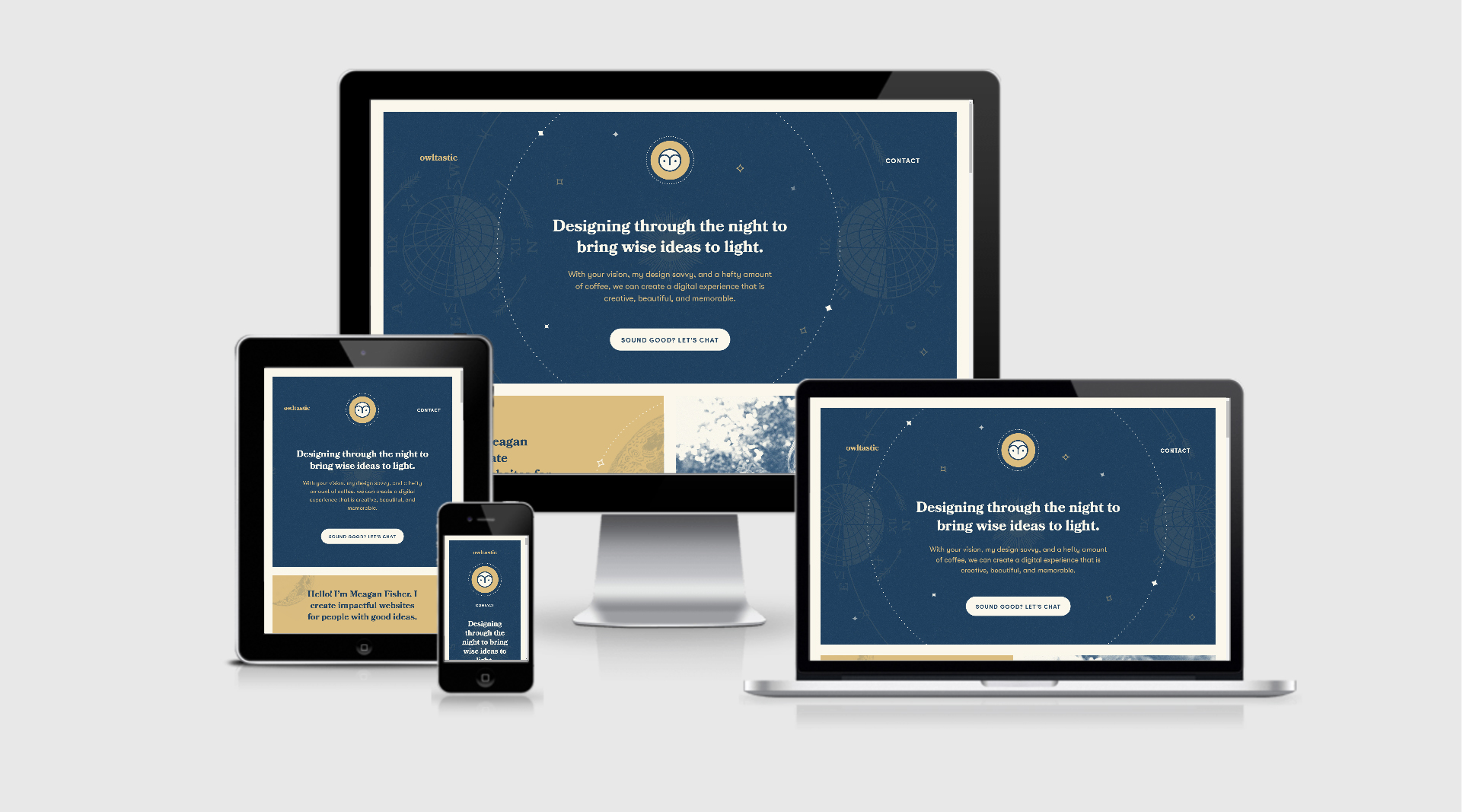
Getting a website in Michigan is essential in setting up a powerful online presence for individuals and businesses. As a freelancer web developer with 15 years of experience building WordPress websites, I understand the importance of a well-designed and functional website. We’ve covered many topics in this article, from the cost of creating a website to the different types and structures.
Remember, while free website options are available, investing in a professional website can yield significant benefits in attracting visitors and achieving your online goals. You can create a stunning website that engages your audience by concentrating on critical factors such as usability, visual appeal, and functionality.
If you’re ready to get a website in Michigan, please sign up to get pricing on web design or SEO services. Let’s work together to bring your dream to life and make a website that portrays your brand effectively in the digital world.


